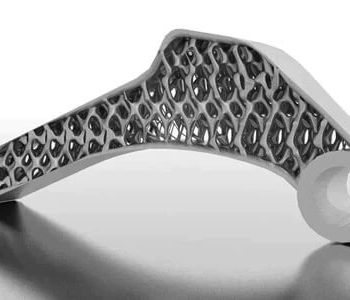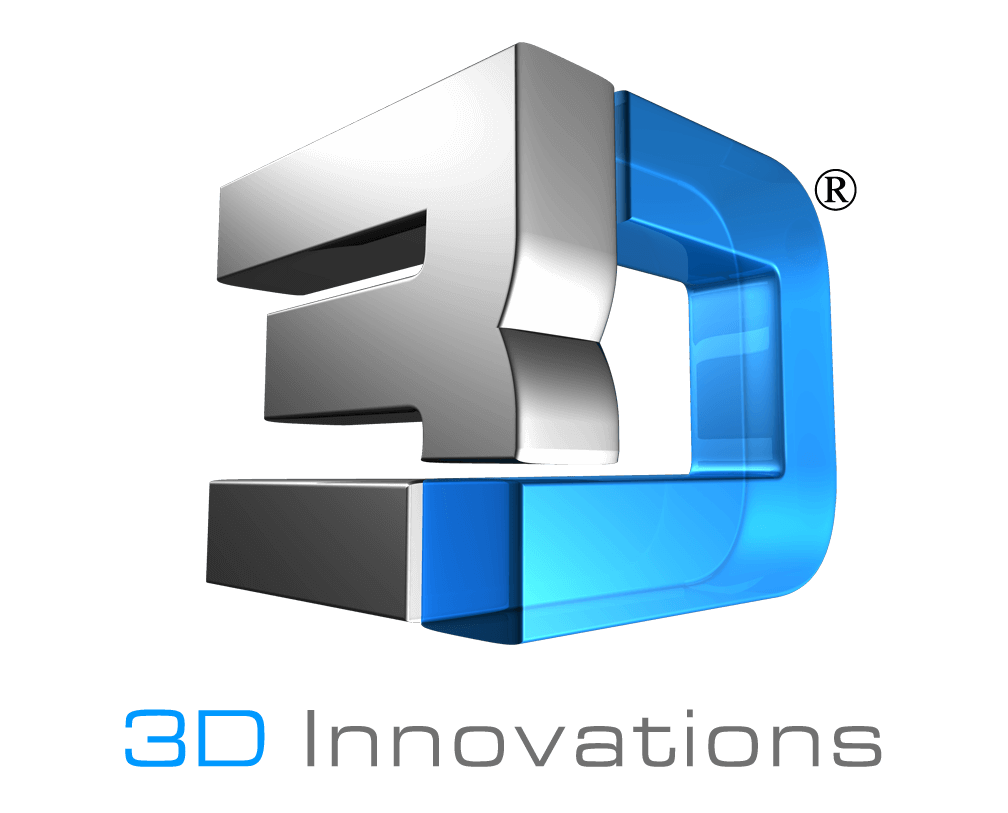
Generative design is widely regarded as the future of product design.
What is Generative Design?
The use of Generative Design (GD) allows the user to develop multiple solutions to design challenges using Artificial Intelligence (AI), Algorithms, and Machine Learning. Traditional design methods typically involve the use of parametric design software to drive designs that the engineer or user inputs.
Comparatively, GD utilizes specifications, or inputs, provide by the user to drive the design elements and derive design solutions. Often referred to as “Digital Experimentation”, GD is paired with simulation driven design to test digital design scenarios. This process enables the user to evaluate and explore design options rapidly to determine the best solution based on the inputs/requirements used to drive the design. GD is designed for customization and allows optimizing designs more organically to create different alternatives or outputs that can be evaluated for a number of different factors such as cost, performance, safety, material selection, and stress loads.
Generative Design enables the rapid creation and exploration of design options, empowering designers to determine the tradeoffs they want to make along the price/performance curve. (Autodesk Fusion 360)
The process of GD includes evaluating design options at a system level instead of a part level. This higher level design process allows for interfacing components and functionality to be evaluated during the design process and accounts for these other components from a systematic level to develop higher level solutions. Putting simulation first to fix the entire system or address design elements from a system level can create additional value that may not be found with parametric design.
Can Generative Design be Used with 3D Printing?
Yes, it can. The design can be generated to be used with a number of manufacturing methods such as 3D Printing, but also include Die Casting, 2.5 axis, 3 axis, and 5 axis CNC manufacturing processes. The optimized solution can take the manufacturing process into account and create a more cost-efficient design solution.
Are There Any Limitations?
As with any new technology, limitations will likely be present. Future capabilities will need to include additional modeling approaches such as thermal or fluid and assembly solutions to generate more outputs that can be used for evaluation. Such outputs could include studies or data on how the design will have an environmental impact. Having flexible inputs or varying inputs can create additional outputs which allow for a wider array or evaluation on the design solutions.
Some users have commented that the GD process needs to be more intuitive, easier to use, and expand to other design areas such as fluid dynamics.
Benefits of Generative Design
GD is pushing the boundaries of what is possible when it comes to designing new products or reimaging current ones. The main benefits of this technology include: seemingly endless design options, ease when making design modifications, production of high quality products, reduction in lead times, reduced testing costs and increased design efficiency.
Generative Design Industry Leaders
Two main industry leading companies in the areas of Generative Design are Ansys and Autodesk. Ansys has been a longstanding leader in the simulation software industry and continues to increase their capability with Generative Design solutions. Autodesk is no stranger to the 3D Design world and increasingly adopting new technologies to stay ahead in the world of engineering design technology.
_____
3D Innovations is a Product Development Company – from the 3D Design to a fully functional 3D Prototype & Product.
Subscribe to the 3D Innovations newsletter on our Facebook page!

